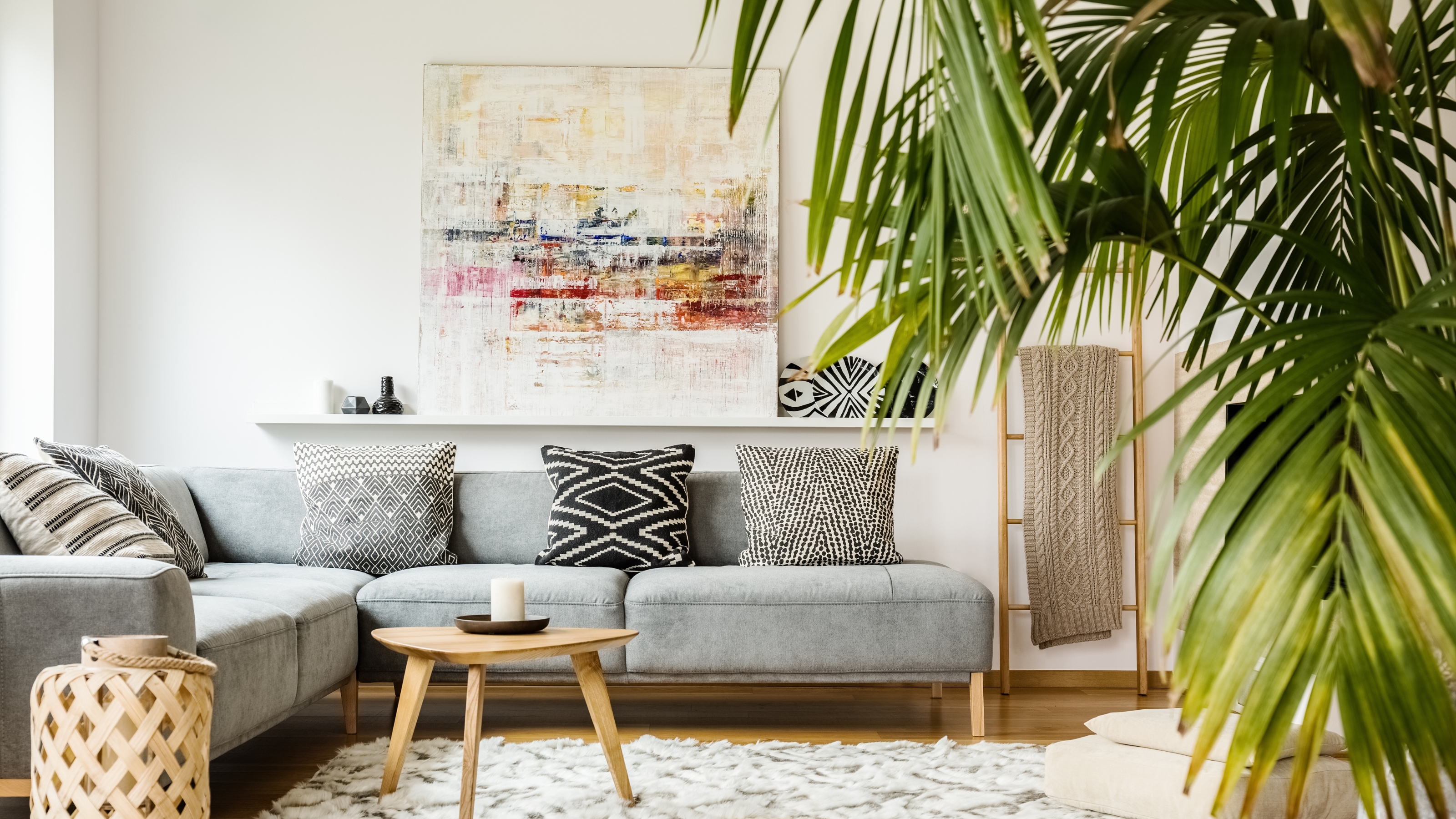
It might seem like a straightforward task, but living room decluttering mistakes can slow you down. Naturally, you want a space that’s neat, but if you can’t seem to nail it and your living space feels more cluttered than ever, our experts are on hand.
Living rooms are often one of the most used spaces in our homes, and as a result, end up quickly becoming cluttered. We spoke to professional organizers, who've revealed common decluttering mistakes, including tackling a whole room all at once, hanging on to items for too long, and more great insight.
If decluttering your living room has you in a tizzy, our panel of experts have shared nine top decluttering mistakes to avoid.
Living room decluttering mistakes to avoid making
The process of decluttering your home, regardless of the area you’re focusing on, can feel like a lot to tackle, leaving us prone to putting it off. But, as our experts tell us, with the right strategies in place, decluttering your living room can be both quick and easy.
1. Tackling the whole room
Professional organizer, Leslie Kilgour says, “One common mistake is attempting to tackle the entire room at once.”
If you pull everything out in one go, in order to take stock of what you have to sort through, having the space overloaded with items makes the decluttering process harder to manage.
Leslie advises, “Instead, break the decluttering process into smaller, manageable tasks, focusing on one area or category at a time. Another misstep is not having a clear plan before starting. Take a moment to assess your goals and envision the desired outcome for your living space."
2. Hoarding unnecessary items
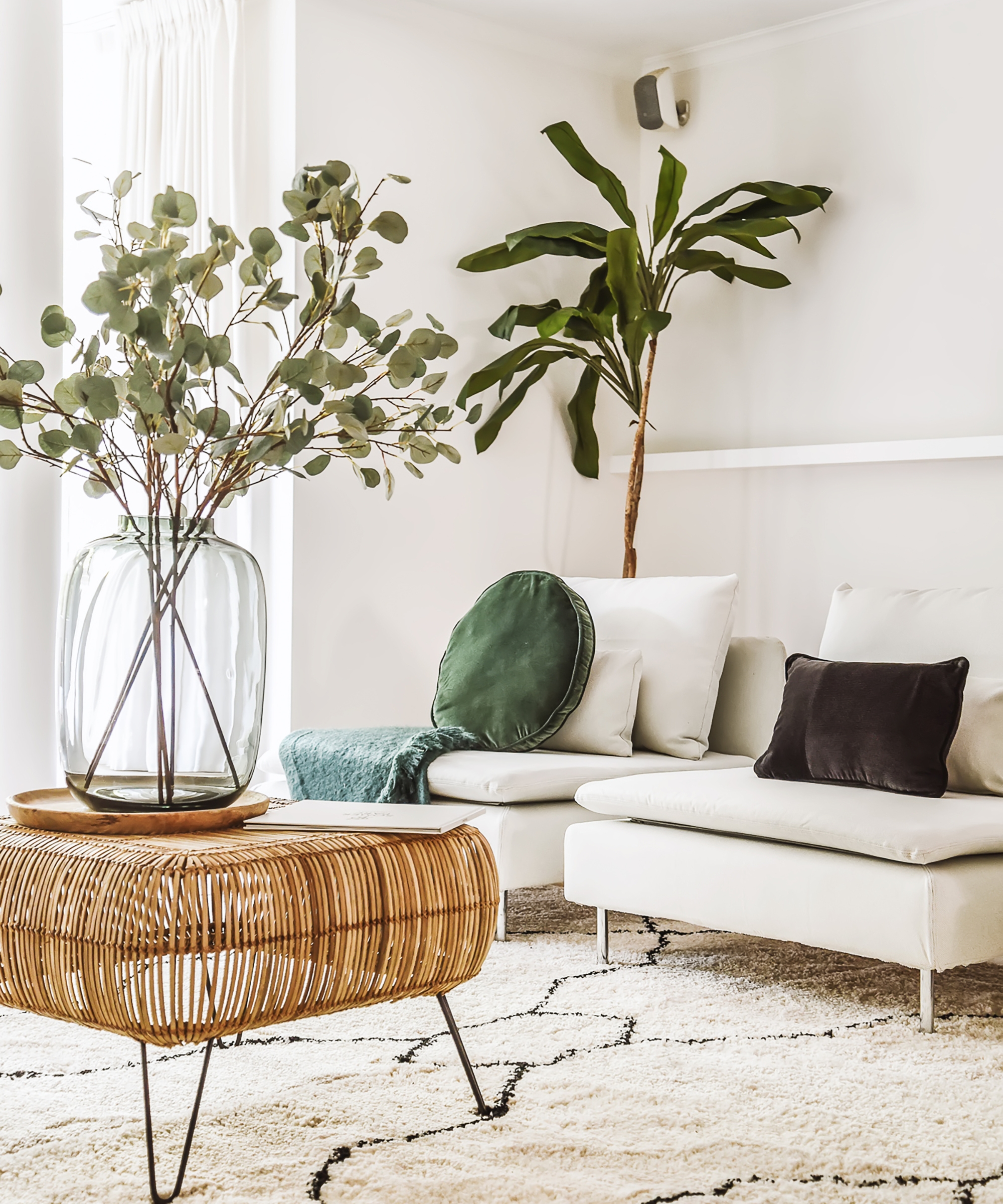
Look, we get it. There are items it can be hard to even think about getting rid of. But hoarding isn’t the answer. Leslie says, “Avoid the temptation to hold onto items for sentimental reasons alone; strike a balance between sentimentality and practicality by keeping items that truly enhance your living environment.”
Professional organizer, Amy Bloomer pinpoints old DVDs, CDs, and books as items that are commonly hoarded. She says, “Donate these to a secondhand store or music reseller for reuse. You may also mail your media to a company like the CD Recycling Center of America or GreenDisk.”
In terms of book hoarding, Amy says it’s best to only keep your favorites, donating any others. A great alternative to keeping hold of physical books you may want to reread is to treat yourself to a digital book device (the glare-free paper-like display of the Amazon Kindle makes it a regular buyer hit, and store your books digitally, saving space.
Cleaning expert, Karina Toner adds, “The temptation to accumulate unnecessary items is a challenge to resist. Regular assessments and purges of decor and furnishings ensure the living room stays fresh and aligns with its evolving aesthetic.”
3. Buying organizational items before you’ve decluttered
Picking out stylish storage solutions for your living room can be fun but don’t rush to buy storage before you declutter.
Leslie says, “Resist the urge to buy organizational products before decluttering. It's more effective to understand your needs first, and then invest in storage solutions that cater to those specific requirements.”
4. Forgetting to clear tables
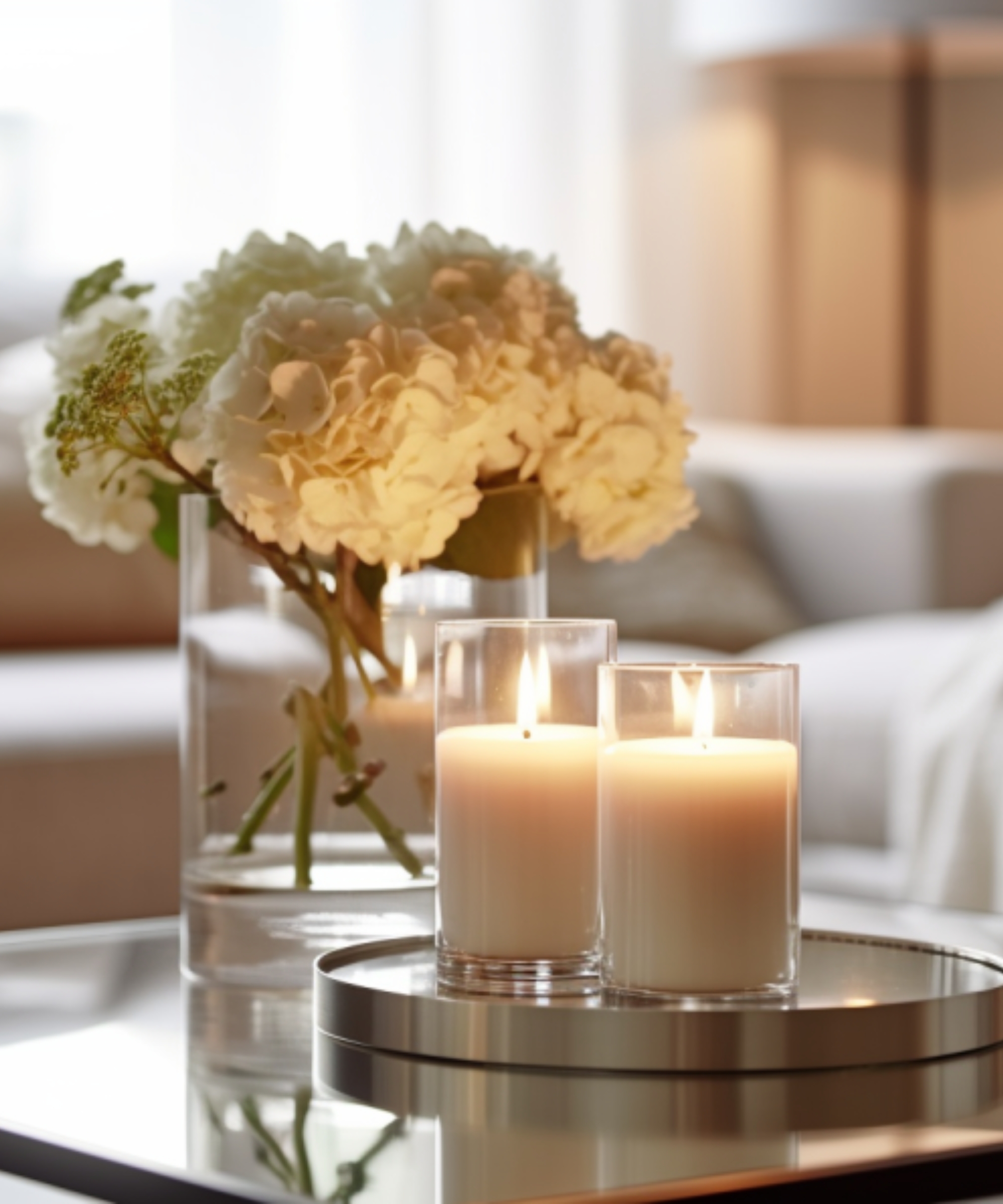
Amy says, “Do not let coffee table clutter accumulate, such as old mail, magazines, and so on. Paper clutter is incredibly invasive and builds up very quickly.
“I encourage my clients to deposit all catalogs and junk mail into a recycling bin before entering their homes. Place magazines where you will read them and commit to recycling them immediately after doing so. If there is any information that you want to save, take a picture of it and move on.”
Cleaning expert, Karina pinpoints the surfaces of a living room are often multi-functional, serving as focal points in the space. She says, "Overcrowding these areas can make the room feel chaotic. A mindful selection of meaningful items, arranged with intention, ensures a curated appearance without overwhelming the space.”
5. Keeping old blankets and pillows
Unless they’re getting used, there’s no point holding onto worn-out blankets and pillows, as all they’re doing is clogging up valuable space.
Amy says, “Bring old blankets and pillows to your local animal shelter or zoo and donate them.”
Once you've chucked out your old ones, treat yourself to a new throw or two for your living room.
6. Holding onto broken items
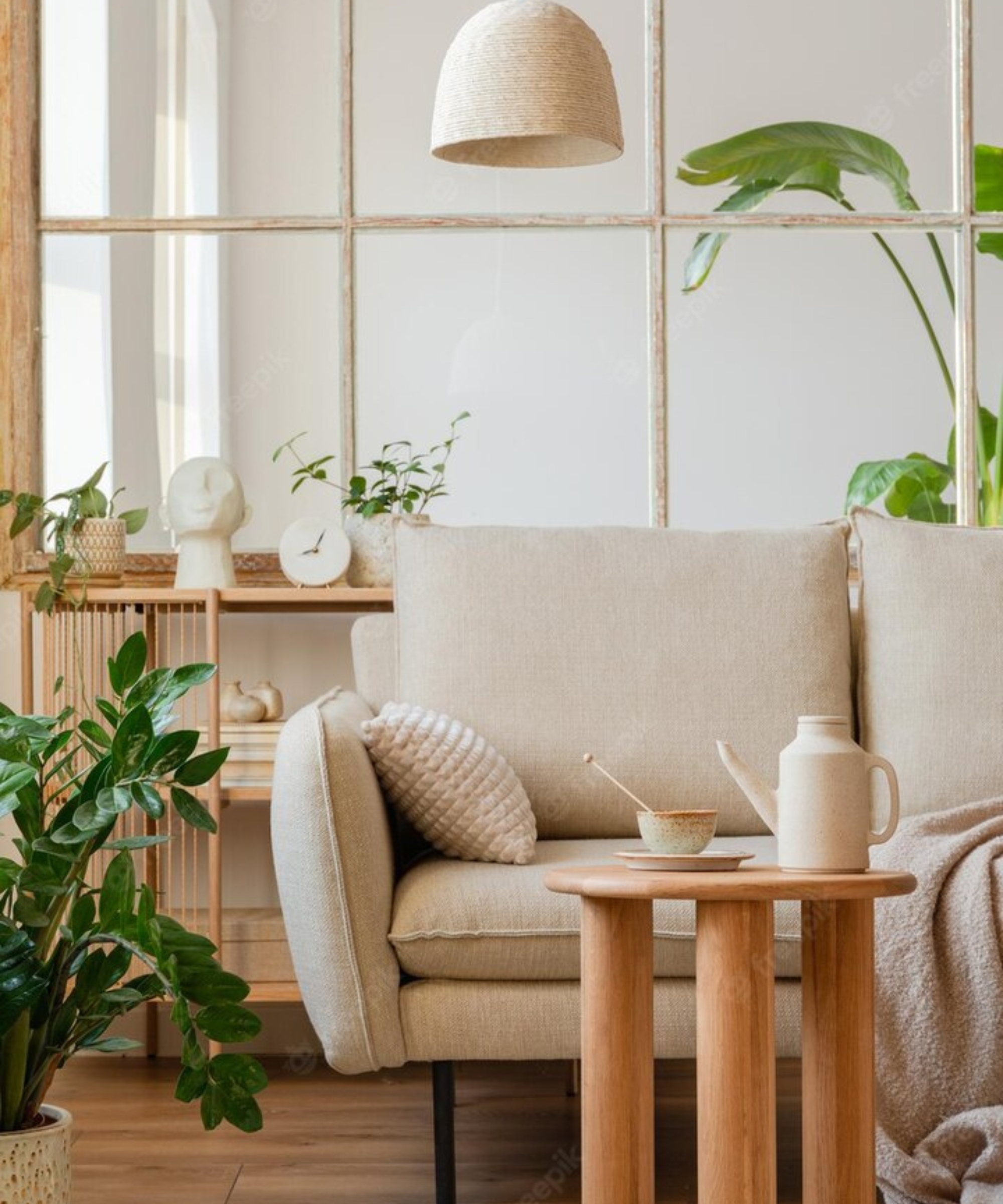
We all have items we hold onto because we plan on fixing them at one point or another. But it’s important to know at what point it’s time to let the item go.
Unless you’ve actually started fixing the item, Amy says, “With the exception of sentimental items, donate broken things and let someone else take the time to mend them.”
You might think that once fixed, the items you're holding onto will serve as an easy upgrade for a small living room, but if you've been kept them for more than a month, it's time to say goodbye.
7. Failing to house items that belong elsewhere
According to Amy, it’s vital to redistribute items that belong elsewhere in the home. She explains, “A well-placed bin can help to contain items so they don’t take over. For example, I encourage clients to keep a basket (like this woven storage basket from Amazon) at the bottom of their stairs. This becomes the “catch-all” for things that have migrated downstairs or are out of place."
Amy suggests making it part of your routine to return your items to their intended home. She adds, "Once a day, preferably in the evening, make it a habit to put back everything you’ve accumulated in the basket. It won’t take long and it will help to maintain clear, calm spaces before retiring for the night.”
8. Overlooking functionality
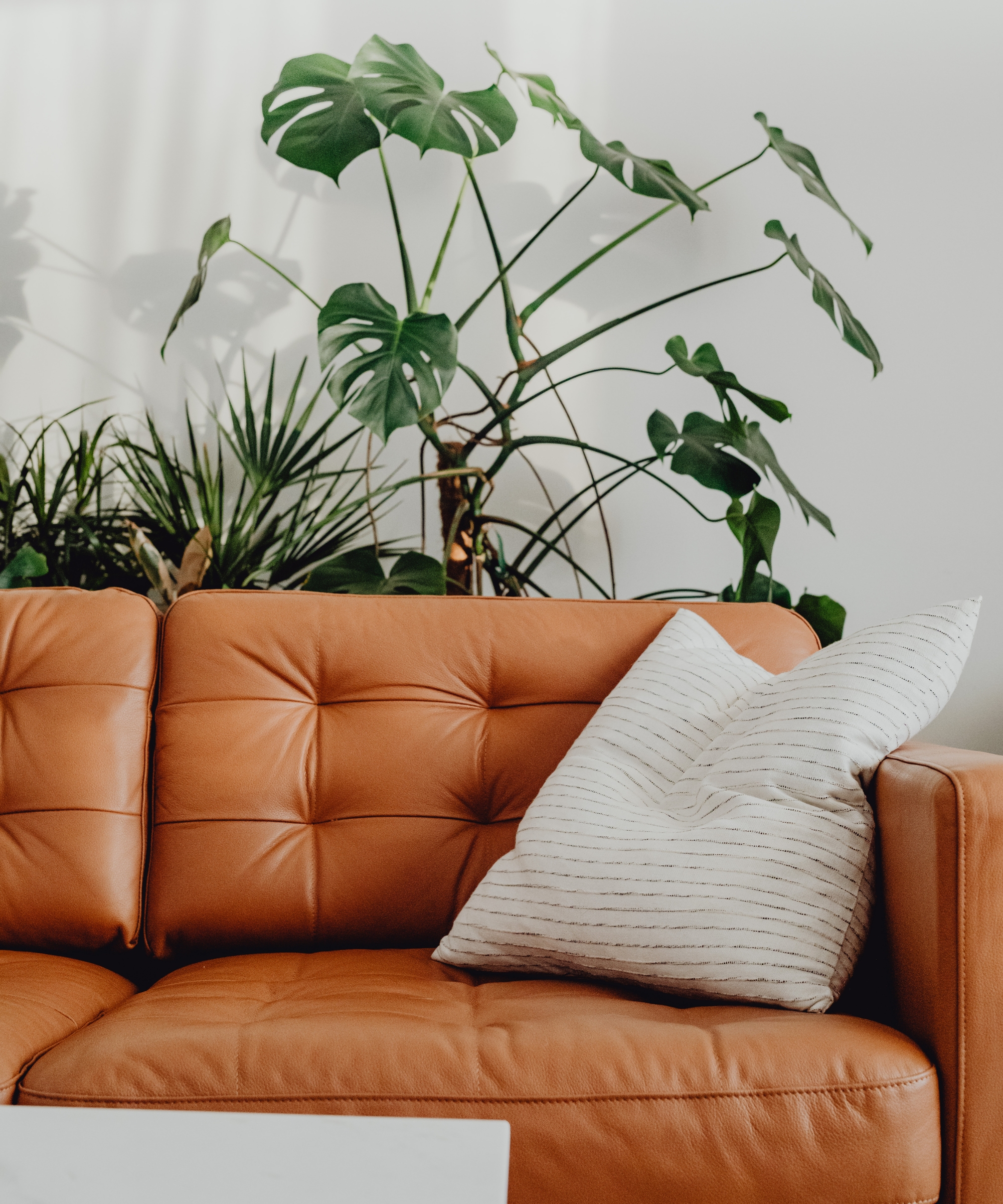
Karina says, “A common decluttering pitfall is neglecting the functionality of each item. While aesthetics are crucial, it's equally essential to ensure each piece contributes to the usability of the space. This involves a thoughtful curation that merges style with practicality."
When buying new items for your living room, consider doubling up on their function, carefully selecting furniture to store clutter for instance. Try an ottoman stool to provide guest seating and a handy place to stash blankets or magazines. We like the Everly Quinn round velvet storage ottoman from Wayfair for the great space underneath and four colorways.
Karina says investing in furniture that serves multiple purposes is a savvy strategy. Alongside ottomans, consider tables with built-in shelves. The WLIVE wood lift-top coffee table on Amazon has ample storage, is budget-friendly and rated highly by shoppers.
Karina adds, “Each item's functionality should undergo a careful assessment. If it doesn't contribute to the room's purpose or your comfort, it may be time to let it go. This ensures every item serves a meaningful role in the living space.
“Striving for aesthetic harmony involves choosing items that complement each other in terms of color, style, and texture. This meticulous approach creates a cohesive and visually pleasing living room that reflects a well-thought-out design.”
9. Failing to maintain clutter
Leslie says, “Overlooking the maintenance aspect can lead to a rebound of clutter. Establish routines and habits to keep your living room organized after decluttering, ensuring a long-lasting, serene space.”
Consider popping a repeating reminder in your calendar at a cadence that suits you, as a smart way to build this into your life around other responsibilities.
Now that you're aware of living room decluttering mistakes, you’ll want to keep on top of the mess to stop it creeping back. We've delved into the warning signs when it’s time to declutter your home.







